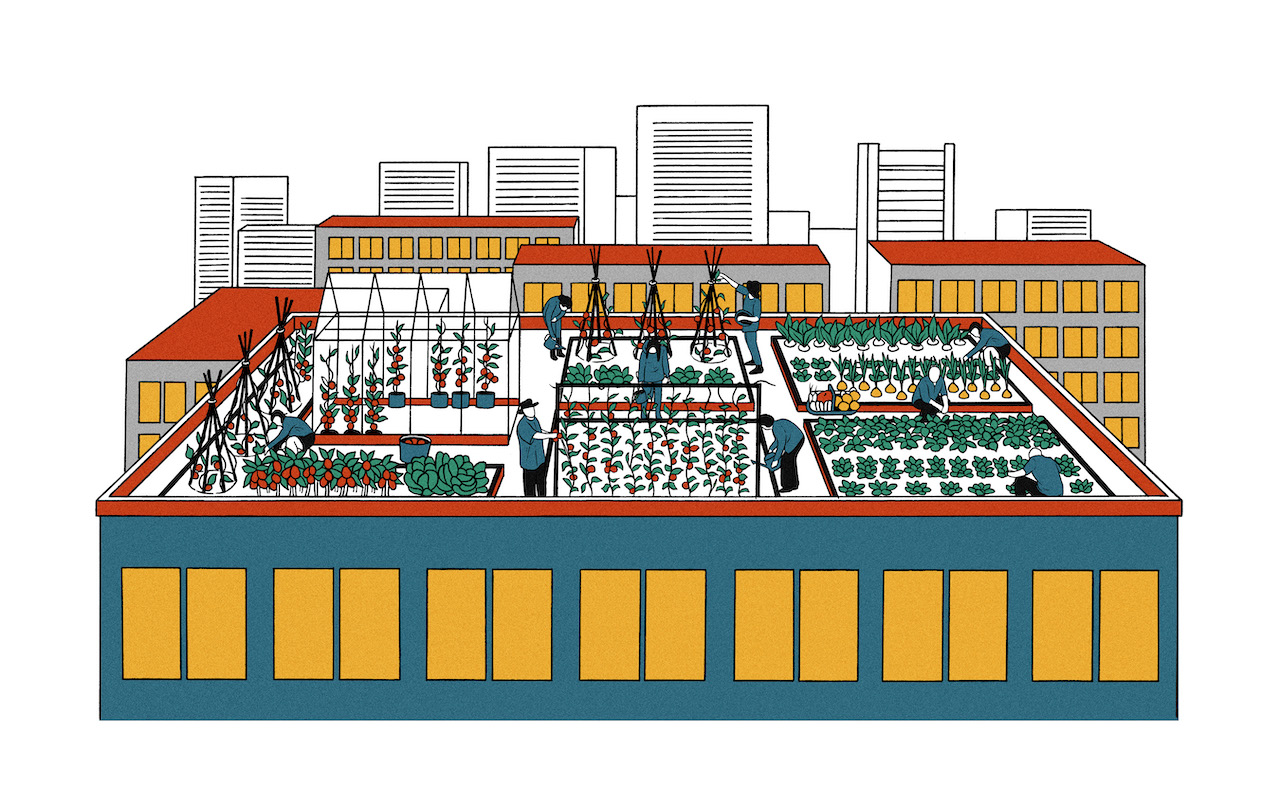
ComCrop’s mission is to feed the community. We began in 2014 as the country’s first rooftop farm. It was only possible then because we were located at *SCAPE – a sand-box-like environment for entrepreneurship. But now that commercial rooftop farming has received the official green light, we can finally take a real stab at improving Singapore’s food security.
Food security is not just about quantity – it’s also about employing locals and imparting them with farming know-how. Nowadays, processes are increasingly automated, but we make it a point to hire and train locals in order to build a self-sustaining ecosystem, including offering meaningful work with fair wages to people from marginalised groups (such as those with special needs and senior citizens).
13% – Amount of leafy vegetables consumed in Singapore in 2018 that were grown by local farms
We’ve also set up our first, and Singapore’s only, mini in-store greenhouse at VivoCity’s new FairPrice Xtra supermarket to encourage consumer education.
Currently, we produce over 1,000 plants daily at our new Woodlands site; we’ll quadruple the yield when the 4,000m2 facility is complete. Our long-term plan is to establish hyper-local, multi-crop rooftop farms in neighbourhoods across Singapore, which will help with cutting out shipping miles by growing locally.

There’s a lot of global hype now around indoor farming, but it may not apply to Singapore. There are no cheap buildings or cheap electricity here for indoor farming’s artificial lighting and air-conditioning; it’ll only work if you set higher prices that are unaffordable to the average person. To address food security, prices need to be competitive with cheaper imports.
Our business plan has always been to grow pesticide-free produce at high volumes, consistent yield and the right price. We keep costs low by growing with sunlight and using shade cloth and fans for climate control. Indoor farming’s multi-tier set-up can increase yields, but then we’d need robotic automation to access the plants – that would increase costs significantly and I wouldn’t be able to hire the elderly or disabled individuals.
“Food security is not just about quantity – it’s also about employing locals”
Singapore recently introduced the world’s first national standard for organic produce grown in urban environments. It’s an important initiative that will benefit local urban farms, but the current standards require a soil-based medium; I hope they’ll make provisions for hydroponic farms (growing plants without soil) as well. I believe that commercial farming here will eventually move to hydroponics, so consumers need to know that it’ll be on par with organic produce.
It’s been slow going for us because, as pioneers, we have to keep negotiating boundaries. But once we’ve established our base, we intend to take our rooftop farming model globally, starting with cities in Southeast Asia. Feeding the community is about growing food where people live.
Illustrations by Stuart Patience
SEE ALSO: Five restaurants that grow their own produce in urban spaces
This article was originally published in the October 2019 issue of SilverKris magazine
The post Opinion: On feeding the community by growing food right where they live appeared first on SilverKris.
from SilverKris
No comments:
Post a Comment